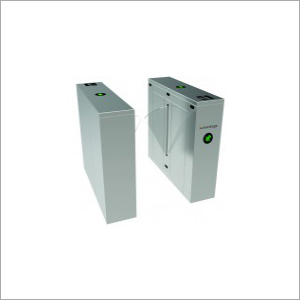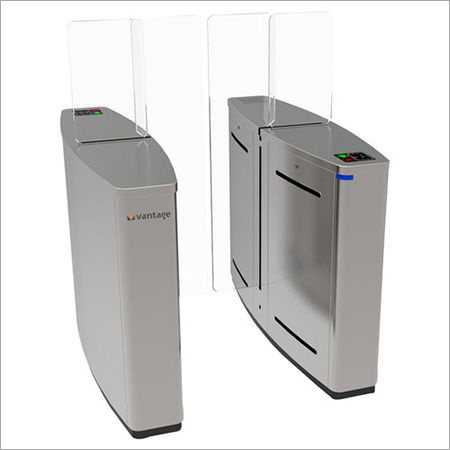- Home Page
- Company Profile
-
Our Products
- Motorized CCTV Camera
- Analog IR Night Vision Motorized Varifocal Bullet Camera
- IP Varifocal Motorized Zoom Bullet Camera
- IP Motorized CCTV Camera
- Smart Varifocal Motorized Zoom Bullet Camera
- Smart IP Varifocal Motorized Zoom Dome Camera
- IP Night Vision Smart Varifocal Motorized Zoom Dome Camera
- Array Night Vision Smart Varifocal Motorized Bullet Camera
- IR Night Vision Smart Varifocal Motorized Zoom Dome Camera
- 60 FPS IP Night Vision Smart Varifocal Motorized Zoom Camera
- 60 FPS IP Night Vision Smart Varifocal Motorized Dome Camera
- IP Array IR Night Vision Smart Varifocal Motorized Zoom Camera
- IR Night Vision Smart Varifocal Motorized Zoom Camera
- Motorized Network Camera
- IP Night Vision Varifocal Motorized Zoom Dome Camera
- CS Mount Camera
- AHD DVR
- Turnstile Gates
- PTZ Dome Camera
- Security Alarm Accessories & Sensors
- Biometric Machine
- IP Varifocal Camera
- Array IR Full HD Varifocal Camera
- Electronic Boom Barriers
- Swing Gate Barriers
- Video Door Phone
- Array IR Full HD Camera
- 5 in 1 DVR
- Vehicle DVR
- RFID Systems
- Special Application Cameras
- Smart Wi-Fi Fixed Camera
- IR Night Vision Smart Fixed Camera
- Network Video Recorder
- HD TVI DVR
- Analogue Cameras
- Network Cameras
- Digital Video Recorder
- Video Door System
- Surveillance Equipment Parts
- Network Video Recorders
- IR Night Vision HD Camera
- IR Night Vision Varifocal HD TVI Camera
- Pan Tilt Camera
- RFID Controllers
- Audio Door Phone
- Biometric Access Control System
- Wireless Alarm Systems
- Licence Plate Recognition Camera
- Fingerprint Identification Systems
- Alarm Systems
- Guard Monitoring System
- Flap Barrier
- RFID Access Control System
- RFID Reader
- Array IR Night Vision Fixed Camera
- Motorized CCTV Camera
- Extra Links
- Contact Us
Flap Gate
150000.00 - 250000.00 INR/Piece
Product Details:
- License Free Yes
- Operating Mode Normally closed, opens with pressure
- Mounting Type Flange mounted, Wall mounted, Channel mounted
- Standard ISI/International standards as per application
- Size Available from 150 mm to 2000 mm (custom sizes also available)
- Interface Mechanical interface only
- Technology Manual/Mechanical
- Click to View more
X
Flap Gate Price And Quantity
- 150000.00 - 250000.00 INR/Piece
- 10-50 Unit
Flap Gate Product Specifications
- Water treatment plants, Water distribution channels, Flood control
- Mechanical interface only
- Manual/Mechanical
- Available from 150 mm to 2000 mm (custom sizes also available)
- Yes
- Normally closed, opens with pressure
- Corrosion-resistant, Heavy-duty construction, Leak-proof design
- Flange mounted, Wall mounted, Channel mounted
- ISI/International standards as per application
Flap Gate Trade Information
- Delhi, India
- Delivery Point (DP), Cash on Delivery (COD), Paypal, Letter of Credit (L/C), Western Union, Letter of Credit at Sight (Sight L/C), Cash Against Delivery (CAD), Telegraphic Transfer (T/T), Days after Acceptance (DA), Cash in Advance (CID), Cheque, Cash Advance (CA)
- 50000 Unit Per Month
- 3-6 Week
- Australia, North America, South America, Eastern Europe, Middle East, Western Europe, Central America, Asia, Africa
- All India
Product Description
Technical Specifications:-
Heavy duty stainless steel Swing Gate Barrier with Fiber glass gates
LED Direction indicators at each side
Selectable operating modes- single direction, bi-direction, always free or always locked
IP 44 Ingress Protection rating
Automatic reset of barrier gate after each passage
Adjustable time out delay
Double anti-clipping function, photocell anti-clipping and mechanical anti-clipping
Integration support with any RFID/Biometric Reader through NO input
Top quality AISI 304 grade SS construction
Advanced Durability & Corrosion Resistance
Utilizing high-quality materials and finishes, each flap gate offers long-lasting protection against corrosion and abrasion. The epoxy painted or hot dip galvanized body works in tandem with smooth, anti-corrosive surfaces, while neoprene or EPDM seals ensure effective leak prevention even in challenging conditions.
Effortless Operation and Installation
With its automatic opening mechanism powered by water flow pressure, the flap gate reduces manual intervention and increases operational efficiency. Installation is simple using bolted connections, and versatile mounting options (flange, wall, or channel) accommodate various site requirements, making it easy to integrate into existing infrastructure.
Reliable Performance for Water Management
Engineered for minimal leakage according to IS/BS standards, the flap gate supports critical applications such as stormwater management and flood control. Its robust construction enables continuous use in water treatment plants, irrigation systems, and water distribution channels, ensuring consistent protection against backflow.
FAQs of Flap Gate:
Q: How does the flap gate prevent backflow in drainage and water management applications?
A: This flap gate operates automatically, using water flow pressure to open and close. Its design ensures one-way flow, allowing water to exit while blocking reverse movement. The combination of precision sealing and heavy-duty construction efficiently prevents backflow in stormwater, drainage, and flood control systems.Q: What materials are used for the flap gate body, and how do they enhance durability?
A: The body is manufactured from mild steel, stainless steel, or cast iron, each selected for their strength and corrosion resistance. Epoxy painting or hot dip galvanizing further protects against rust, wear, and environmental exposure, while the leak-proof design ensures long-term serviceability.Q: When should I specify a single leaf or double leaf flap gate design?
A: Selection depends on the required water flow and installation size. Single leaf gates are suitable for smaller outlets and standard flows, while double leaf designs are ideal for larger channels needing increased capacity. Both designs maintain the same level of backflow prevention and durability.Q: Where can flange mounted, wall mounted, or channel mounted flap gates be installed?
A: The flap gate offers versatile mounting options. Flange mounting suits pipe outlets, wall mounting adapts to vertical surfaces in water treatment plants, and channel mounting works for open trenches in irrigation or drainage infrastructure. Select the mounting method according to your site requirements and application.Q: What is the process for installing the flap gate, and is it easy to maintain?
A: Installation involves bolted connections for secure and straightforward attachment, with most gates pre-drilled for quick setup. Maintenance is minimal due to the anti-corrosive finish and durable seals, requiring only periodic inspection and basic servicing to ensure optimal performance.Q: How does the technology and operating mode optimize flap gate usage?
A: This flap gate features a mechanical interface and is normally closed, opening automatically in response to water flow pressure. The absence of complex electronics and the simplicity of its mechanical operation reduce potential failures and streamline system management for users.Q: What benefits does the flap gate offer for water treatment plants and flood control systems?
A: Benefits include reliable backflow prevention, robust durability under varying temperatures, and minimal leakage, helping protect infrastructure and improve operational efficiency. Its heavy-duty, license-free design supports consistent performance in demanding environments and is configurable for diverse project needs.Tell us about your requirement

Price:
Quantity
Select Unit
- 50
- 100
- 200
- 250
- 500
- 1000+
Additional detail
Mobile number
Email






